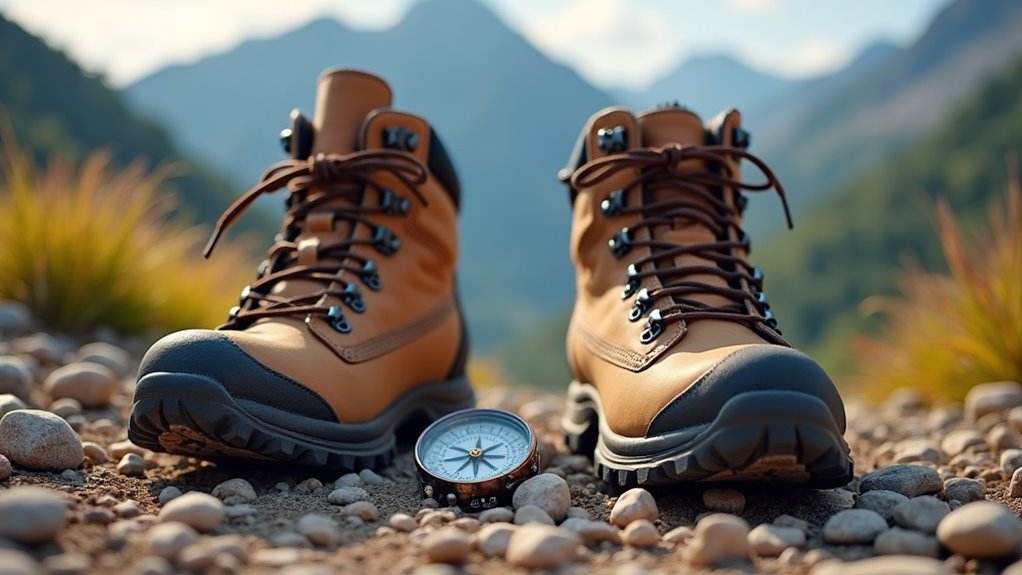Breaking in hiking shoes usually takes two to eight weeks, depending on the material and construction. Lightweight mesh shoes may feel comfortable after two weeks of regular use, but stiffer leather boots can take up to eight weeks of gradual wear. You should start by wearing your new boots at home, then take short walks on varied terrain, slowly increasing distance and pack weight. Rushing this process risks blisters and discomfort, but following best practices will prepare you for longer hikes.
How long does it actually take to break in hiking shoes? The answer depends largely on the materials and construction of your footwear. If you’re wearing mesh blend hiking shoes, you’ll generally find that they require about two weeks of regular use to feel comfortable, sometimes even less if the design is particularly flexible.
Leather hiking boots, on the other hand, tend to need more time—typically between four and eight weeks, especially if they’re made from thicker, high-quality leather. Hybrid materials, combining mesh and leather, often fall somewhere in between, offering a break-in period that’s shorter than full leather but longer than mesh alone. Boot construction and the quality of the leather, including factors like the thickness and stitching, can also extend the break-in period. If you try to rush the break-in period, you may end up with sore feet or painful blisters that could have been avoided with a gradual approach.
You can speed up this process by wearing your new boots around the house with the same socks and insoles you plan to use on the trail, taking short walks around your neighborhood, or carrying a lightly loaded daypack to simulate real hiking conditions. Breaking in your boots properly can help you avoid blisters and other common foot problems associated with new hiking footwear.
Mixing up the terrain—walking on grass, rocks, sand, or even muddy sections—helps your boots adapt more quickly. However, don’t rush this process; increasing your distance or pack weight too quickly can result in blisters, foot pain, or even ankle strain. The goal is to reach a point where your boots feel comfortable and supportive without causing discomfort or injury.
The type of boot also matters. Lightweight hiking shoes typically break in faster than heavy-duty, more robust models, and if you’re an active wearer, frequent use can accelerate the process.
Always follow the manufacturer’s break-in recommendations, as guidance may differ between brands and models. Remember, the break-in process won’t fix poor shoe fit, so make sure the initial fit is as close as possible to what you need.
Proper break-in helps your feet and shoes conform to each other, reducing the risk of blisters and increasing overall hiking performance. A gradual, attentive approach guarantees you’re ready for longer, more challenging trips without sacrificing comfort or safety.









